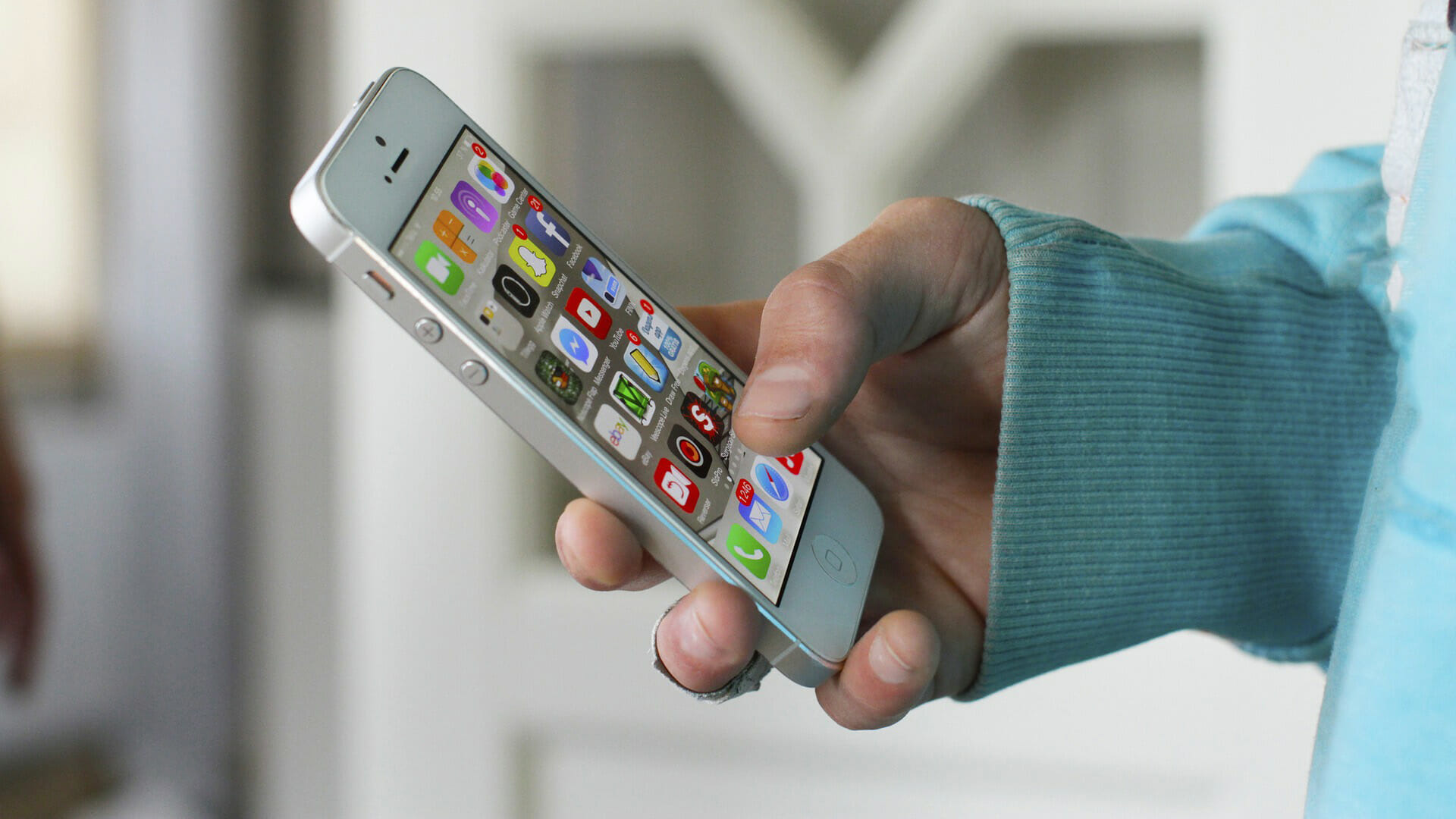Stress Test: Try These 7 Apps for Chaotic Times

Stress Test is a series about the science behind our busy lives and how stress affects our bodies. The biweekly column uncovers the latest research and explains how to put it to use in a practical way. Look for the science behind epigenetic markers of stress, mindfulness, meditation and deep brain stimulation.
![]()
Much has been made about how phones, tablets and laptops are stressing us out. They can, however, be a point of comfort as well. Anxiety and meditation apps have become popular for their claims of calming the mind and training the brain at any place and at any time. Slightly different from these ubiquitous apps, another crop of apps promises to ease stress in particular by distracting the user or providing coping techniques during stressful times.
Scientists are paying attention, too. More than 50 apps exist in Google Play and the Apple Store for stress management, and about half focus on research-based techniques such as behavior change or emotion-focused coping, German researchers reported in February. In general, these apps seem to be plausible as ways to address stress management, but only two-thirds are generally recommended for use, Brigham Young University professors reported last year. They recommended caution in picking apps, especially ones that aren’t free.
Stress-related apps have come a long way in recent years, at least. For example, in mid-April Garmin released the VivoSmart 3, a new $140 wrist wearable that can track all-day stress by monitoring heart rate when at rest and determining stress levels. The user’s current stress level — and a score — is displayed in a graph on the device, and stress levels can be tracked over time in a timeline on the Garmin Connect app. A breathing exercise also guides the user through inhale and exhale reps to lower stress.
The Anxiety and Depression Association of America runs an updated list of mental health apps that can help users with anxiety, stress and depression. The lists includes a wide variety of apps, including a few of the specific stress-related apps mentioned below. The following seven stress-busting apps are some of the highest-rated ones in app stores currently, and they’re all under $5 or free.
1. Worry Box or Worry Watch
Why worry when you can give your worries to someone else? That’s the idea behind The Worry Box (for Android) and Worry Watch (for iOS). It’s a worry diary, essentially, that prompts users to record every stressor they’re experiencing and then include details about each worry. When the worry is resolved (if project- or event-based), did the situation turn out better than imagined? All of that goes into the app, which is based on cognitive behavioral techniques that suggest coping statements and thoughts to approach the situation from a different angle.
2. Buddha Board
Buddha Board teaches the Zen idea of living in the moment by mimicking how some Buddhists approach art and impermanence. In the app, users paints an image using the touchscreen, and once the image is complete, it slowly disappears from the screen, which should leave the user with a clean slate and a clear mind.
3. Colorfy